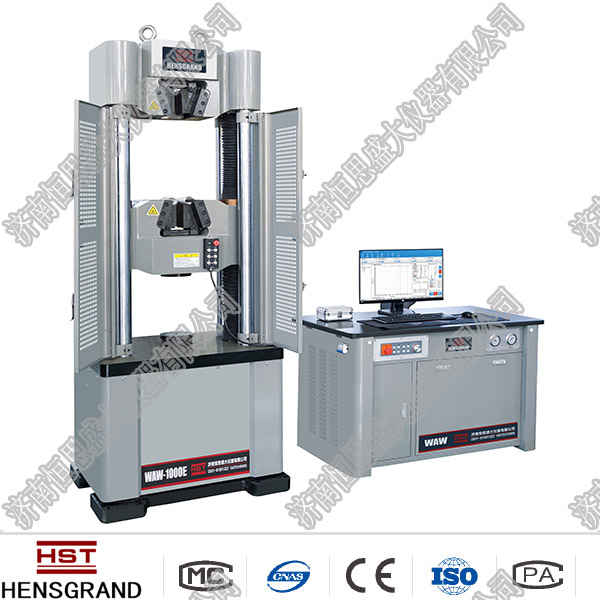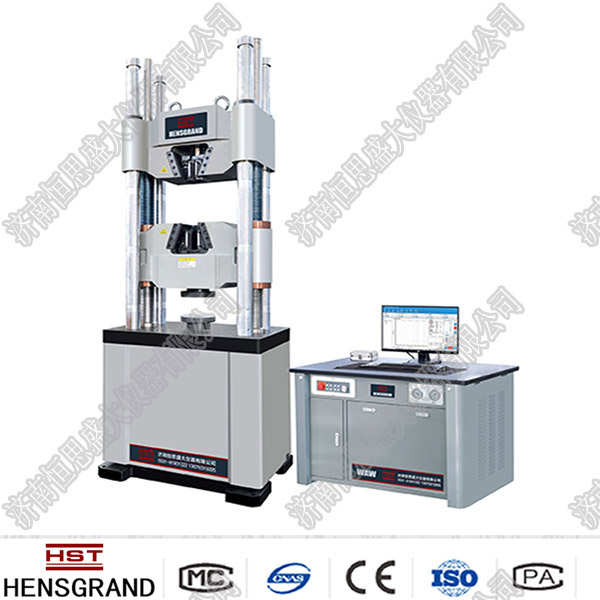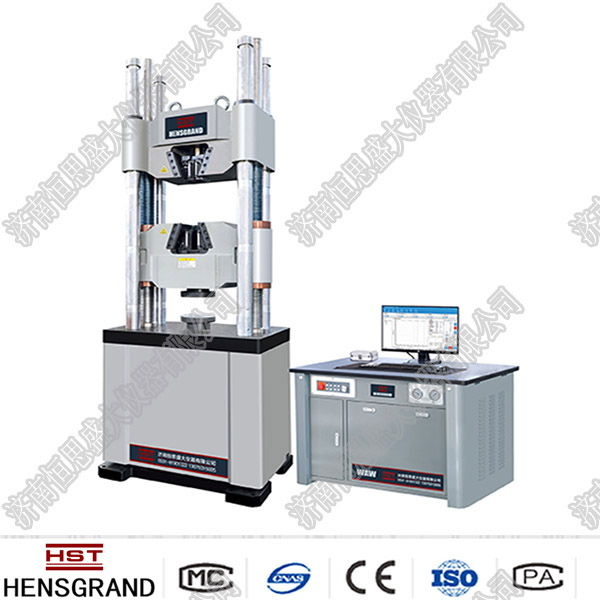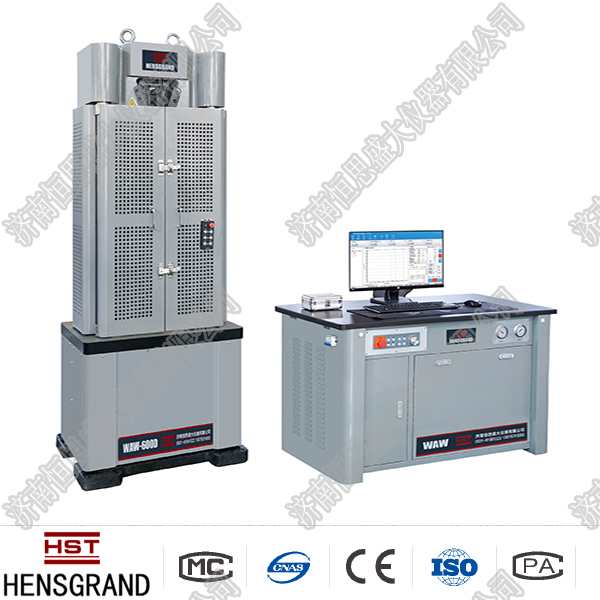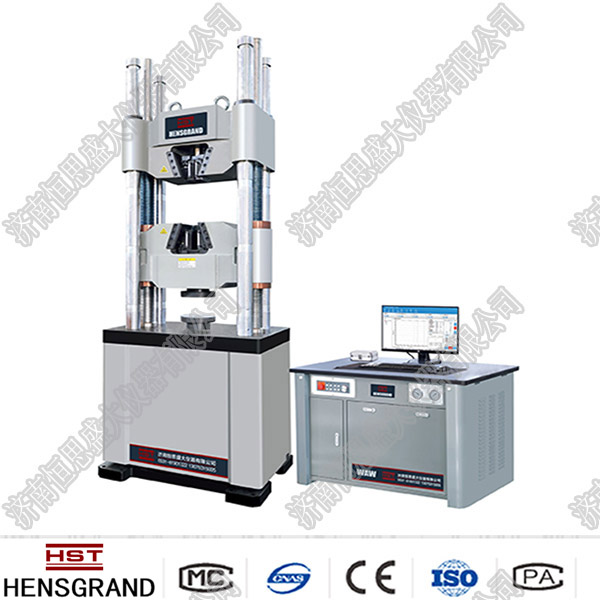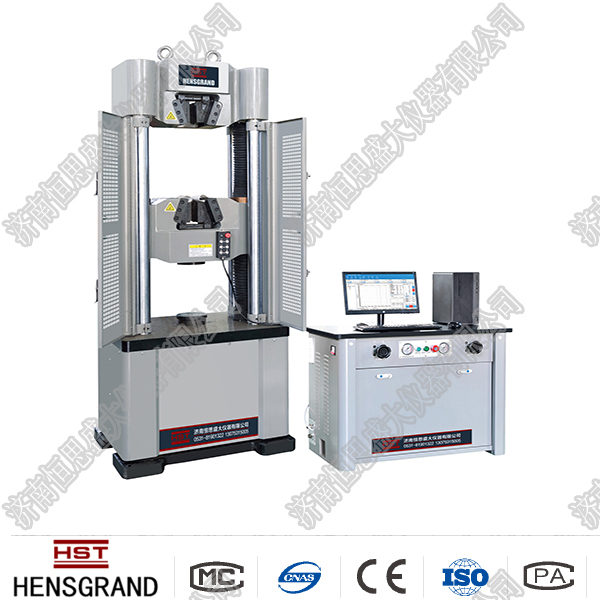Industry Information
How to choose a universal test machine
Release time:2018-11-23 source:Jinan Hengsi Shanda Instrument Co., Ltd. Browse:
Universal testing machineAlso known as universal tensile testing machine or tension machine, BHW-WDT-W is a dual screw main machine with an integrated structure of control, measurement and operation, integrating contemporary advanced technology, and has the advantages of high accuracy, wide speed regulation range, compact structure, convenient operation and stable performance. It is also equipped with a large deformation measuring device created by the company's universal testing machine. This device is easy to use and accurate measurement. The universal testing machine (UTM) stretches, bends, compresses or pulls the splines of plastic material through adjustments at different speed levels. This is an ordinary equipment in plastic mixing laboratories. During the preparation of compound mixing, UTM testing materials can be used to determine whether the material is suitable for certain specific processing applications or terminal applications. UTM can also be used for product quality control to ensure consistency between batches of product quality.
nowUniversal testing machineIt is also increasingly appearing in plastic molding and extrusion laboratories. On the one hand, it is because they are increasingly involved in the development process of new products and new processes. On the other hand, it is because of their accuracy in raw materials and finished product quality control. In some areas with strong social responsibility, such as the medical device or the automotive industry, plastic processing equipment is needed to test their products, and UTM also needs to play a greater role. At the same time, internal testing can improve the quality of process control and reduce the waste rate, thus achieving real benefits.
Different test universal testing machines include one or more vertically loaded columns, a fixed horizontal base is installed on the columns, and a movable horizontal cross head (cross beam) on the top. In today's UTM testing machines, ball screws are usually on the columns to fix the movable cross head. The size of the UTM is characterized by a frame bearing level and a dynamometer measuring load/tension force. The dynamometer is attached to a movable cross head driven by an electric motor or hydraulic device. The series of dynamometers with fixtures measure the magnitude of force, and the results can be displayed through a digital display or PC. Many UTMs have interchangeable dynamometers and therefore can match the different materials tested. Static tests are carried out using a standard electronic universal testing machine, and the usual loading speed range is 0.001~20in./min (1in.=2.54cm). Dynamic or cyclic tests such as crack growth and fatigue tests are usually performed using a hydraulic servo system UTM test machine, which is longer and has a lower load.
Early universal testing machines had similar electronic components and recorders. Now it has been replaced by CNC devices and PC software. New automatic control devices can run tests, display data, and sometimes even record while running. In the past recorders, including the digital display era before PC software, the test information obtained by users was load/deformation curves, the Y-axis represents stress, and the X-axis represents deformation. These curves also need to be calculated and interpreted. The system can still provide these curves, but can also calculate data such as yield strength, damage strength and modulus.
Currently,Universal testing machineCommon items tested are tensile strength and tensile modulus, flexural strength and modulus. When performing tensile tests according to ASTMD638 and ISO527, there are clamps on both ends of the spline. One clamp is stationary and the other is fixed on the cross head, moving away from the fixed clamp, pulling the spline until the spline breaks, and the cross head will automatically stop when it breaks. During bending test (ASTMD790, D6272 and ISO178), the spline is placed on the two supporters of the test machine fixed machine tool. In this test, the direction of the crosshead movement is opposite to the direction of movement in the tensile test, pushing towards a center without support instead of traction until the spline bends or even breaks. Because most thermoplastic materials do not break during this test, it is impossible to calculate the fracture bending strength. Therefore, the standard test method requires the calculation of bending stress when the strain is 5%.
- Previous article:How does the impact tester work
- Next article:How to choose the right tensile testing machine
Recommended productsPRODUCTS


















